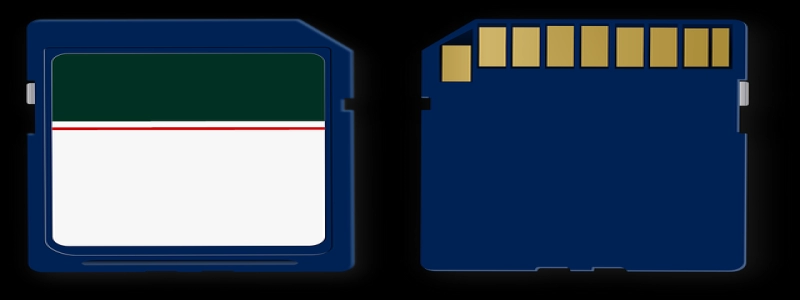多级标题: Multimode Fiber Cable Types
Introduction
What are multimode fiber cables?
Different Types of Multimode Fiber Cables
1. OM1
2. OM2
3. OM3
4. OM4
5. OM5
Comparison of Multimode Fiber Cable Types
1. Bandwidth
2. Distance
3. Cost
Conclusion
Introduction
Multimode fiber cables are widely used in telecommunications and data centers for high-speed data transmission. These cables can carry multiple light signals simultaneously, allowing for fast and efficient communication. In this article, we will explore the different types of multimode fiber cables, their characteristics, and how they compare to each other.
What are multimode fiber cables?
Multimode fiber cables are optical cables that consist of multiple strands of glass or plastic fibers bundled together. These fibers have a larger core diameter compared to single-mode fiber cables, allowing multiple light signals to be transmitted at the same time. Multimode fiber cables are commonly used for shorter distance communications and are suitable for applications such as LANs, data centers, and enterprise networks.
Different Types of Multimode Fiber Cables
There are different types of multimode fiber cables available, each with its own specifications and capabilities. Here are the most commonly used multimode fiber cable types:
1. OM1
OM1 stands for \”Optical Multimode 1\” and is the oldest type of multimode fiber cable. It has a core diameter of 62.5 micrometers and is capable of reaching a maximum distance of 275 meters at a speed of 1 Gbps.
2. OM2
OM2 stands for \”Optical Multimode 2\” and offers an improved performance compared to OM1. It has a core diameter of 50 micrometers and can achieve a maximum distance of 550 meters at a speed of 1 Gbps.
3. OM3
OM3 stands for \”Optical Multimode 3\” and is designed to support higher bandwidths and longer distances compared to OM1 and OM2. It has a core diameter of 50 micrometers and is capable of reaching a maximum distance of 300 meters at a speed of 10 Gbps.
4. OM4
OM4 stands for \”Optical Multimode 4\” and is an enhanced version of OM3. It also has a core diameter of 50 micrometers but can achieve longer distances of up to 400 meters at a speed of 10 Gbps.
5. OM5
OM5 stands for \”Optical Multimode 5\” and is the latest addition to the multimode fiber cable types. It has a core diameter of 50 micrometers and is optimized for wavelength division multiplexing (WDM) technology. OM5 cables offer higher bandwidth compared to previous types and can support transmissions up to 100 Gbps over longer distances.
Comparison of Multimode Fiber Cable Types
When choosing a multimode fiber cable type, several factors should be considered. Here is a comparison of the different types based on three key aspects:
1. Bandwidth: OM5 has the highest bandwidth, followed by OM4, OM3, OM2, and OM1 in descending order.
2. Distance: OM2 and OM1 have the shortest maximum distances, while OM3, OM4, and OM5 can achieve longer distances for high-speed data transmission.
3. Cost: OM1 is the most affordable option, followed by OM2, OM3, OM4, and OM5, which is the most expensive due to its advanced capabilities.
Conclusion
Multimode fiber cables are a crucial component of modern communication systems. Understanding the different types available and their specifications is essential for selecting the most appropriate cable for specific applications. Whether it’s for LANs, data centers, or enterprise networks, considering factors like bandwidth, distance, and cost can help make an informed decision when choosing a multimode fiber cable type.







